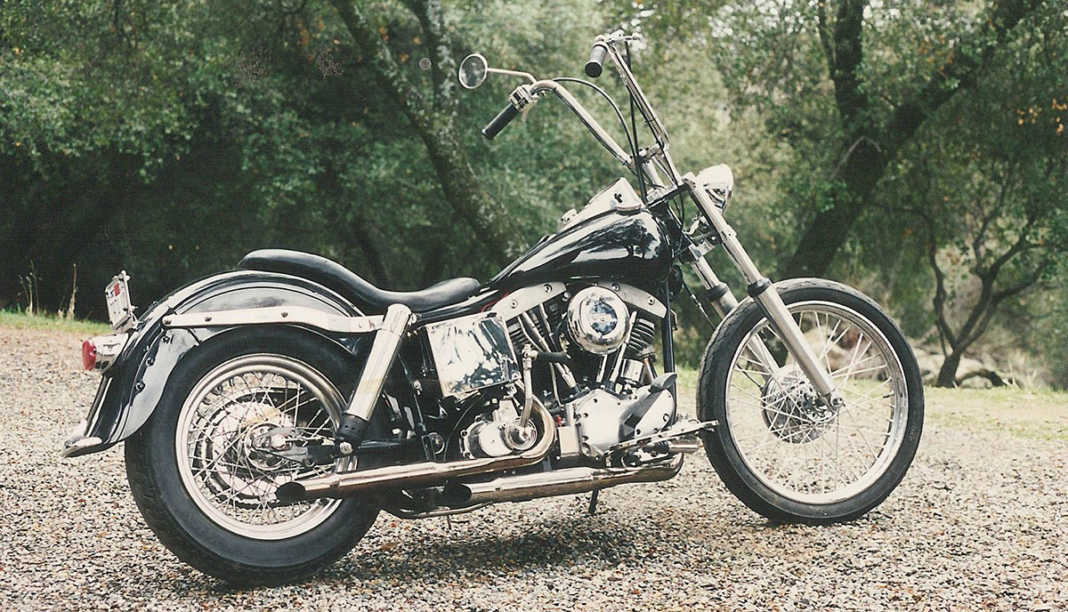
Hi, my name is Silverfox. Some of you folks know me from Reddit where I’m a mod on the Harley sub as Silverfox762. If you don’t know me, here’s a bit of history of how I fell in love with Harley Davidsons and how I learned some of the things I know about vintage bikes, building and repairing Harleys, riding, life, love, and how to do things correctly when you’re working on your own bike. I’ll be writing here regularly about smart ways to ride, to gear up, to manage your bike and equipment, and the right way to wrench on things, coming at these things from how I learned this stuff in my biker youth in the 1980s. The good folks at Get Lowered thought you all would appreciate a bit of history, so here ya go…
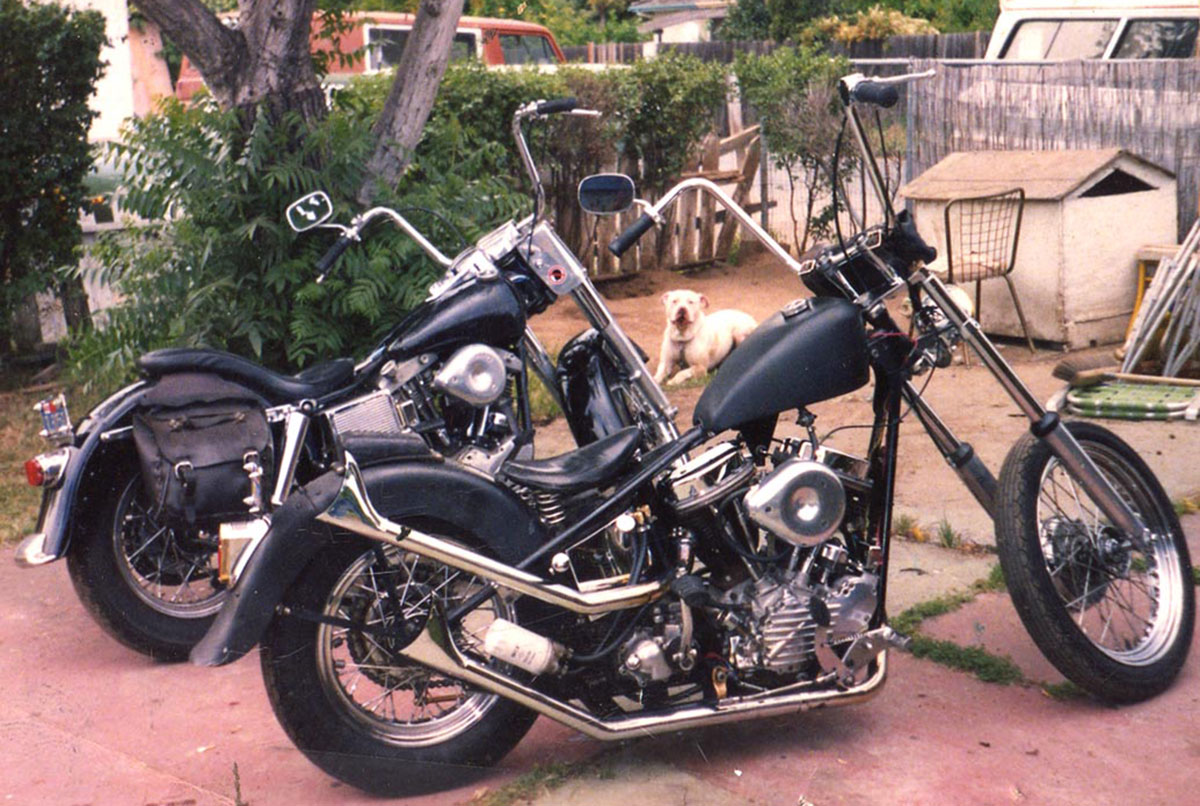
Way back in the mid 1970s, my family moved to the San Francisco area from Philadelphia. In the afternoons after school each day, I would pass a pizza joint where there were always a handful of rigid frame choppers out front, mostly Harleys, but I learned later there were one or two Indians, too. I ended up staring at these bikes a lot, and eventually met some of the long-haired, bearded bikers who owned them after I got up the nerve to ask about the bikes. I was a 16 year old kid and these were real old-school outlaw bikers, much more real than the cheezball people in biker movies of the 60s and 70s. Most were Vietnam vets, and a couple of the older ones had been in the Korean War, too. The Bay Area was home to the oldest and largest 1%er biker scene in the world at the time, and just about everyone was living an “outlaw” life, whether in a club or riding solo.
I got in the habit of stopping for pizza or a sandwich, and listening to their stories about “the club wars of the 60s” and interesting tales of bikes and bike shops and bike clubs and women. Oh, the women! These were nothing like the one-dimensional “biker chicks” of the movies, and most of them were awesomely hot to me. A couple of the gals in the crowd were actually strippers, which to a 16 year old kid was like something out of legend, and not real for me until that time and place. For a 16 year old kid, these guys were like the outlaws of the old west, with names like Little Rich, and 45 Rube, and Sleepy Pete, and Popeye and they were all friendly to me, to one degree or another. I lost touch when I left high school early and joined the Marines, but I never forgot the welcome and friendship they showed me, and I bought my first Harley before I was even out of the Corps.
Fast forward to December 1982 – I’m 20 years old, sporting a Marine Corps haircut and I’m on my first Harley, a ratty ’39 Flathead 80” ULH that cost me $1200. Back then, there were only two, count ‘em, 2(!!) Christmas toy runs in California; one in Sacramento at the State Capitol, and one in Anaheim at the Rose Bowl. There were between 5 and 6 *thousand* bikes in either place in early December, with people riding from all over the state, dropping off toys with the Marines and Toys for Tots. Well, I was at my first toy run in Sacramento, and while we were staging down by the river, I was walking around looking at bikes and noticed one of those friends from the pizza shop, 45 Rube. He was wearing a patch for a 1%er club and had a “V. Pres.” ribbon above his left vest pocket.
After we went through the obligatory “how ya been?” and “what are you doing here?” stuff, I showed him my bike and he introduced me to a couple of his club brothers (the club no longer exists, but I’m gonna leave the name out anyway). He then told me “Little Rich and I have a shop” and gave me directions. “Bring your bike by and I’ll answer any questions you have about fixing it and keeping it on the road.” This was an offer of friendship, not commerce, and I was flattered to say the least. After the toy run, I went back down to the Bay Area and the next day I was down to see the shop.

Back in those days, if you were on a Harley, odds were you built it from swap-meet parts or a basket case, either by yourself or with some buddies, or you found an old garage queen that had been slowly falling apart over the decades. You worked on your own bike yourself or with your buddies, as very few folks had the money to pay a real bike shop to do repairs. The Harley dealers didn’t want our business anyway (not that I blame them- take a bike in for a tire change and the charging system fails the next week… do this enough times and the dealer network learned to avoid us). But there were a lot of broke-ass bikers out there who didn’t have the knowledge, the right tools, or the budget for new/better parts, and this is the main reason Harley Davidson got the reputation for being unreliable – using vice grips instead of the correct wrenches, and orange RTV silicone in place of new gaskets and LocTite is a sure-fire way to have your bike let you down. Once some of those folks screwed up their own bikes enough that they couldn’t get them running anymore, they’d bring the bike to Rube and Rich to fix. I ended up coming by a couple of times a week for a month or two, since my bike was pretty much falling apart from neglect when I got it, and I’d be in the middle of the parking lot with this or that part of the bike in pieces on the ground, trying to put things right.
After a couple of months of this, one day Rich came out and said to me “hey, we need to talk. Come into the office.” Now remember, I was a 20 year old kid at the time, and while fresh out of the Marines (joined when I was 17) and a young man for all that, these guys were intimidating to me. They both wore patches for real old-school 1%er clubs, and I was certain there was something I’d said or done that had offended one or both of them (like being a fixture in their parking lot, taking up space, and leaving spots of dirty 60 weight motor oil everywhere).
I followed Rich into the office where he told me to sit down. My stomach was in my throat at this point, and both of these men were staring at me. Finally, Rich said “we know a LOT about motorcycles. Probably more than anyone we know. But we’re getting old and we don’t want this knowledge to die with us. We think you’re someone we can teach. You ask smart questions, and listen when we answer. You remember what you’re taught, and we’ve seen that you really love your bike and all things Harley-Davidson. If you want to, we want you to work here so we can teach what we know and pass on our knowledge to the next generation.” Once I handled the lump in my throat, I said “yes!” and for the next few years, learned everything I could about Harleys built between about 1937 and the early 1980s, mostly Harleys – Big Twin Knuckleheads, Panheads, and Generator Shovelheads, but Flatheads, Sportsters, and “cone” Shovels, too. I learned how to identify year, make and model of just about everything built in the U.S. between the 1930s and the 1980s, and what parts from which bike would also work on a different bike and why. But most importantly, I learned all the ways people could f**k up their bikes by doing things wrong, using the wrong tools, ignoring torque specs, and generally applying “how hard can it be?” to working on something that required some real knowledge and mechanical skill.
They’d point at a bike, explaining what the complaint or malfunction was, then offer a probable cause. Then I’d watch while they disassembled whatever the offending part or mechanism was, point to whatever was wrong, then show me how to reassemble things correctly. The sheer number of bikes damaged by their owners was pretty much mind-numbing. I saw Sportsters with cam shims welded to cams because the guy hadn’t checked end play when reassembling the cam cover – too many steps, doncha see, and pulling the lifter blocks to get a feeler gauge in there is just a pain in the ass without the right tool. I saw endless charging system failures because of badly spliced wires leading to impedance spikes that toasted generators and stators. I learned the value of torque wrenches and correct torque specs, and what parts from what bikes will fit on other bikes, especially how to adapt things that were never meant to go together, like putting a Volkswagen generator on a Panhead, since they were half the price and more reliable.
There weren’t that many vendors for aftermarket parts like there are today. That really didn’t begin in earnest until the 1990s, when rubber mounted Evolution motors meant you could own a Harley without being a decent mechanic, opening the door to Harley ownership by all kinds of people, for the first time since the 1950s.
In the mean time, they became my Family. They taught me about brotherhood, and riding, and life, and love, and a list of inviolable rules that have stood me well in life to this day.
In the decades that followed, I’ve built half a dozen of my own bikes, and helped others build two or three times that. I never bought a bike either new or in good running condition until 2007 when a back injury meant it was time to buy a new Road King. But I’ll always love those Knuckleheads and Panheads and Shovelheads and even the occasional Ironhead Sportster (if it’s been assembled and maintained correctly). I’ve learned to love Evos and Twin Cams and I still enjoy wrenching on bikes every week of the year.
Anyway, that’s me and my story regarding how and what I know about Harleys. I’m happy to be joining the Get Lowered team as a blogger, and I’ll be writing about the things we did in the earlier times and why, rules for riding, gear, wrenching, riding in hot weather, riding in cold weather, motorcycle fundamentals, and life in general on two wheels. If you have specific questions you’d like to have addressed, please email me here or drop a note below in the comments.
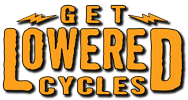
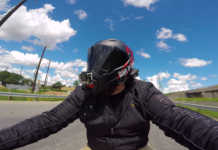
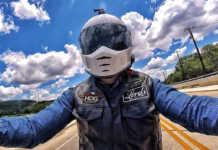
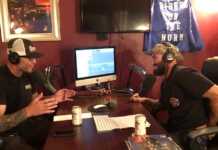
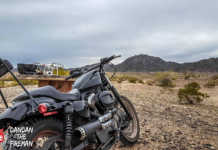
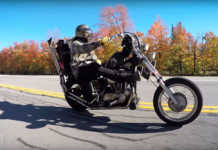
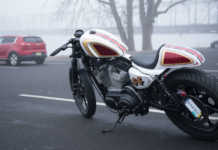

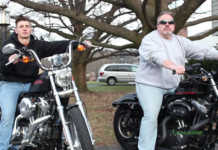
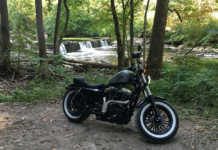
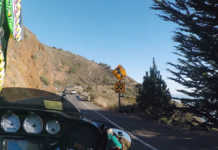






Welcome to the crew, Silverfox. And thanks for answering my myriad of questions over on Reddit.
Anytime Brad.